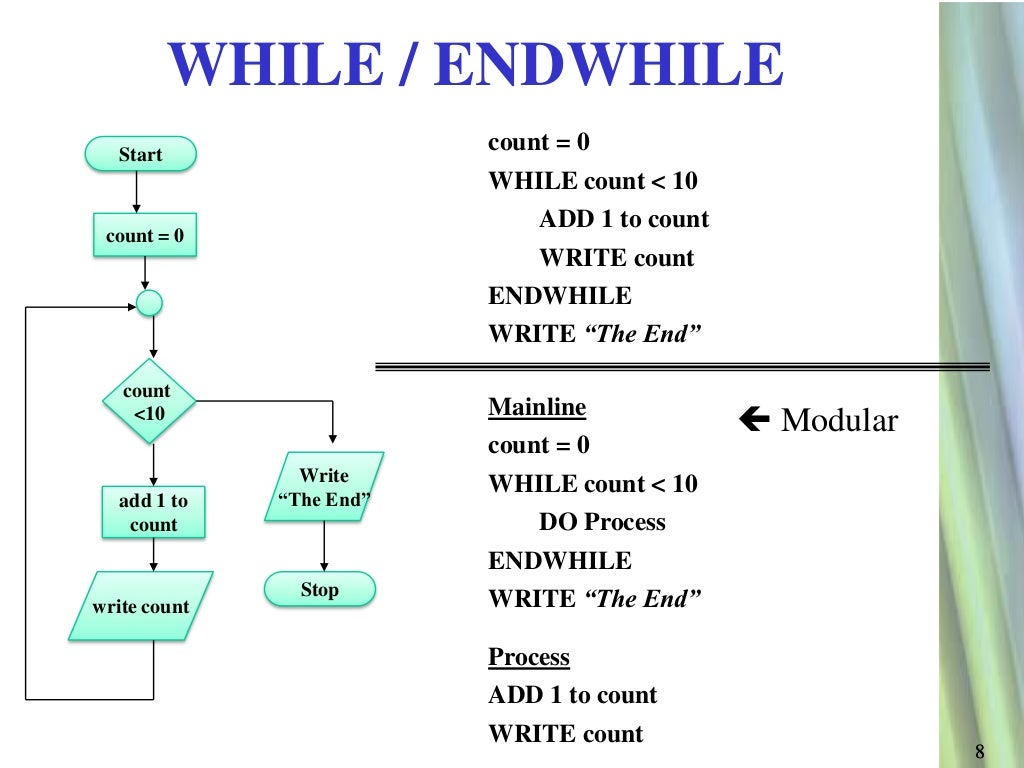

- Pseudocode vs skeleton code pdf#
- Pseudocode vs skeleton code code#
- Pseudocode vs skeleton code series#
The abstract class defines a template method that contains a Adding a new race to the game would require creating a new AI subclass and overriding the default methods declared in the base AI class. With this approach, you can override the orcs’ AI to make it more aggressive, make humans more defense-oriented, and make monsters unable to build anything. Therefore you can reuse the same AI structure for various races, while being able to override some of the details. In this example, the Template Method pattern provides a “skeleton” for various branches of artificial intelligence in a simple strategy video game.Īll races in the game have almost the same types of units and buildings. Usually, hooks are placed before and after crucial steps of algorithms, providing subclasses with additional extension points for an algorithm. A template method would work even if a hook isn’t overridden. A hook is an optional step with an empty body. There’s another type of step, called hooks.
Pseudocode vs skeleton code code#
It looks like the code for opening/closing files and extracting/parsing data is different for various data formats, so there’s no point in touching those methods. Now, let’s see what we can do to get rid of the duplicate code. In our case, subclasses already have all necessary implementations, so the only thing we might need to do is adjust signatures of the methods to match the methods of the superclass. Template method breaks the algorithm into steps, allowing subclasses to override these steps but not the actual method.Īt first, we can declare all steps abstract, forcing the subclasses to provide their own implementations for these methods.
Pseudocode vs skeleton code series#
This class defines a template method consisting of a series of calls to various document-processing steps. We can create a base class for all three parsing algorithms. Let’s see how this will play out in our data mining app. To use the algorithm, the client is supposed to provide its own subclass, implement all abstract steps, and override some of the optional ones if needed (but not the template method itself). The steps may either be abstract, or have some default implementation. The Template Method pattern suggests that you break down an algorithm into a series of steps, turn these steps into methods, and put a series of calls to these methods inside a single template method.


If all three processing classes had a common interface or a base class, you’d be able to eliminate the conditionals in client code and use polymorphism when calling methods on a processing object. It had lots of conditionals that picked a proper course of action depending on the class of the processing object. There was another problem related to client code that used these classes. Wouldn’t it be great to get rid of the code duplication, leaving the algorithm structure intact? While the code for dealing with various data formats was entirely different in all classes, the code for data processing and analysis is almost identical.

Pseudocode vs skeleton code pdf#
A month later, you “taught” it to extract data from PDF files.ĭata mining classes contained a lot of duplicate code.Īt some point, you noticed that all three classes have a lot of similar code. In the following version, it was able to support CSV files. The first version of the app could work only with DOC files. Users feed the app documents in various formats (PDF, DOC, CSV), and it tries to extract meaningful data from these docs in a uniform format. Imagine that you’re creating a data mining application that analyzes corporate documents.


 0 kommentar(er)
0 kommentar(er)
